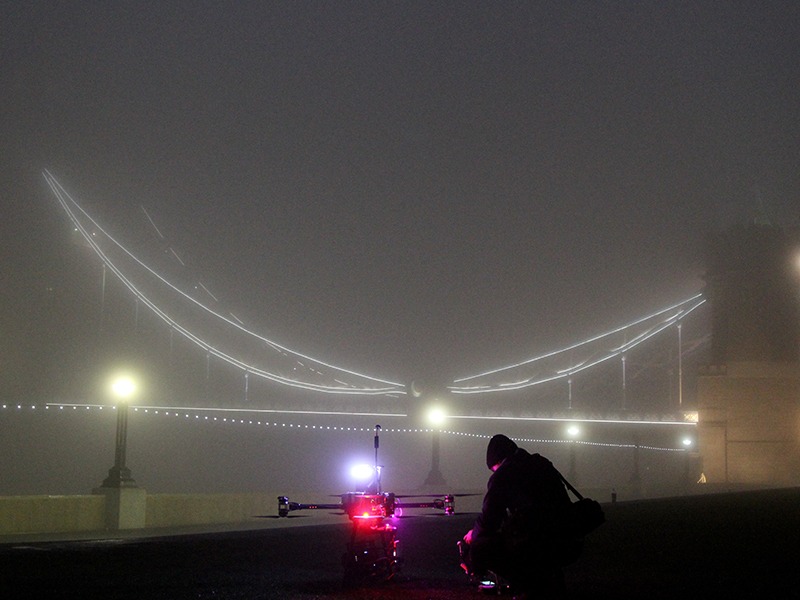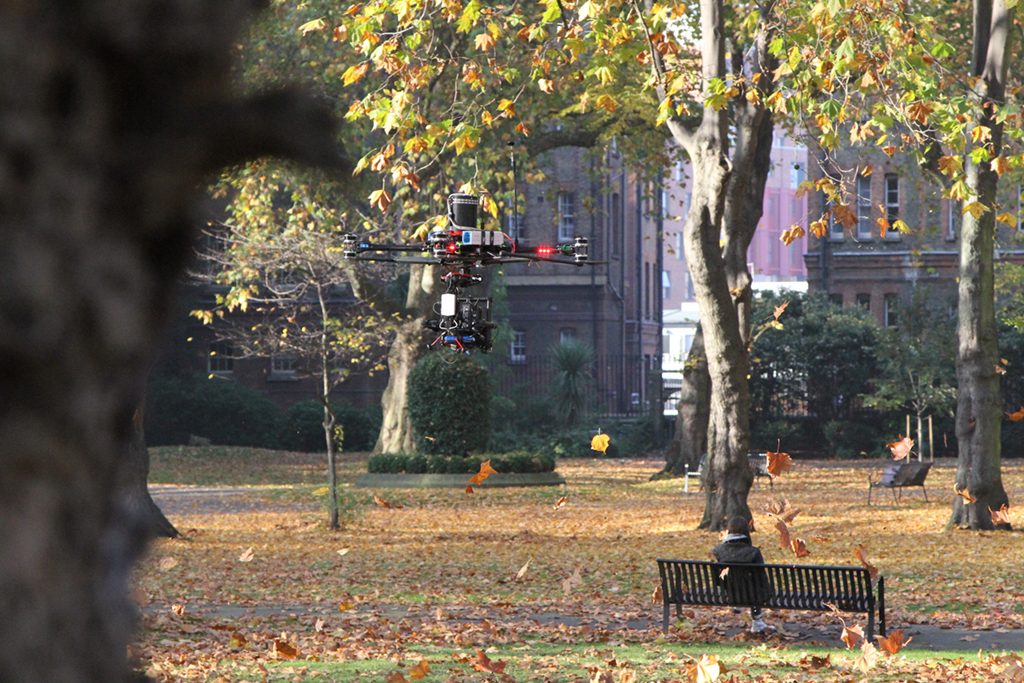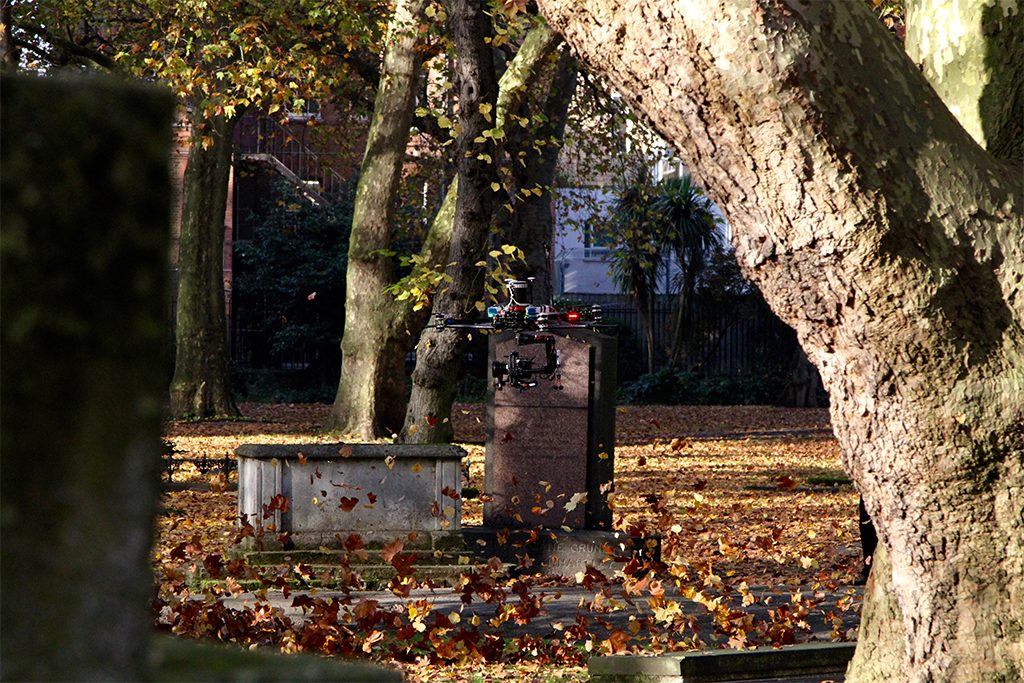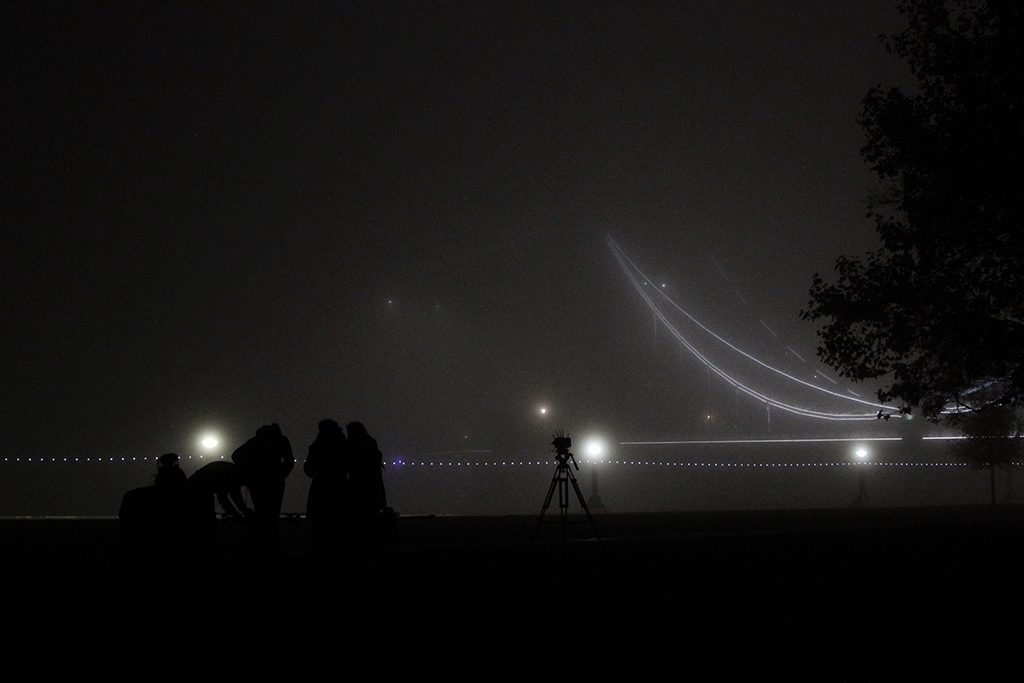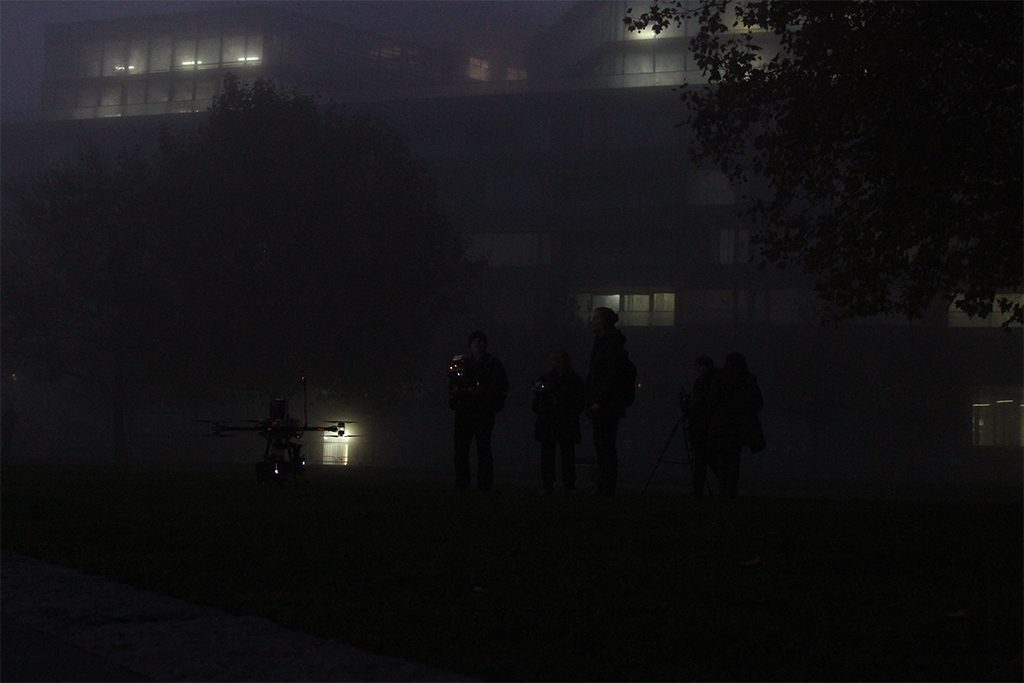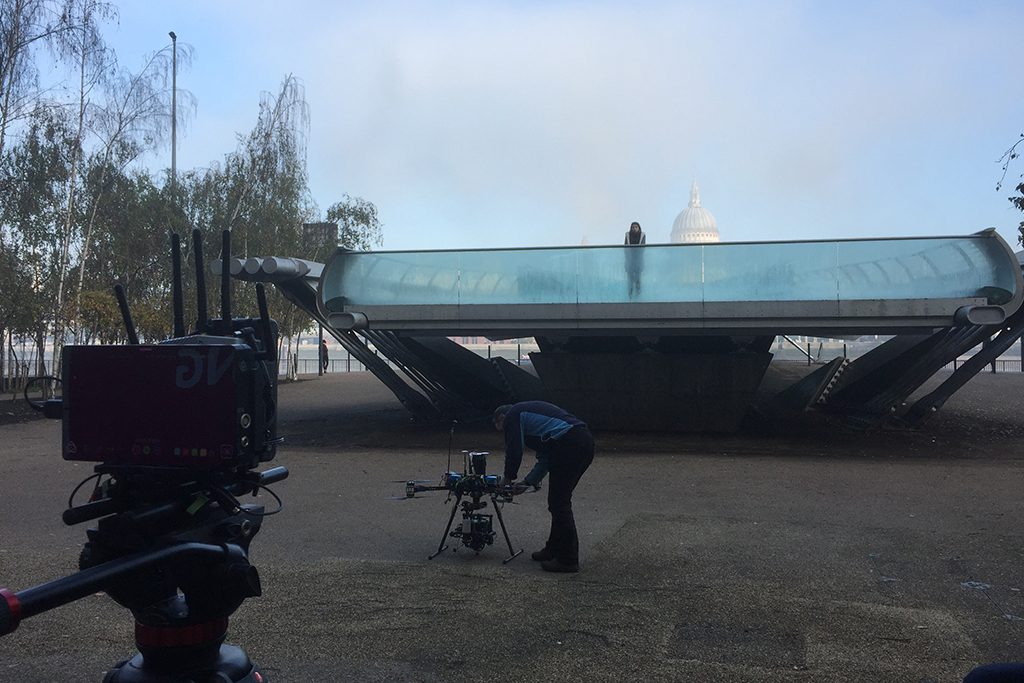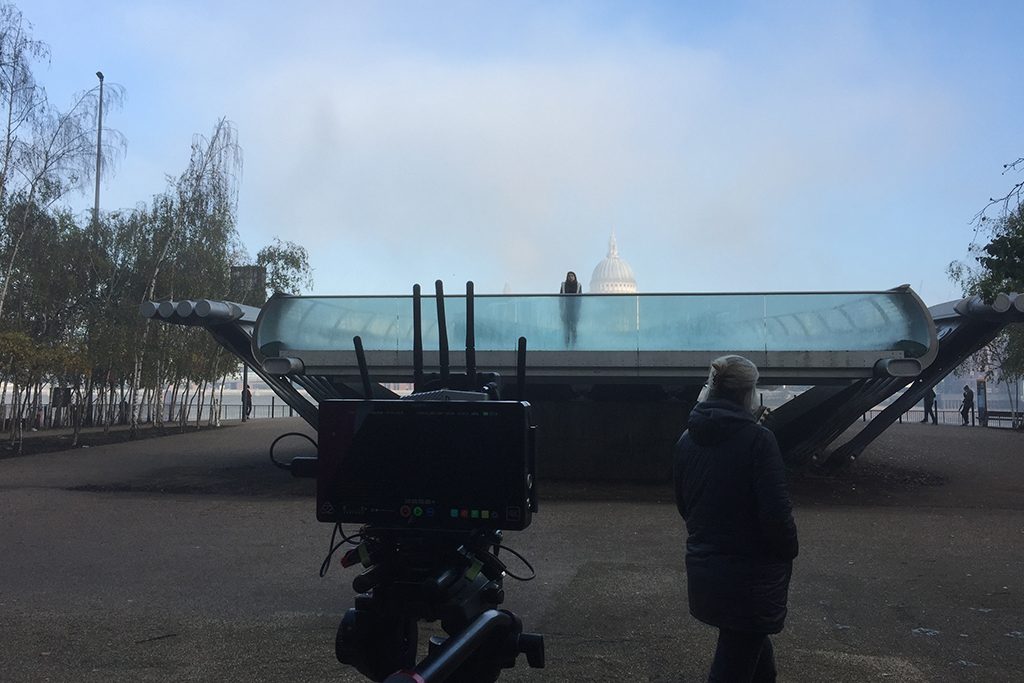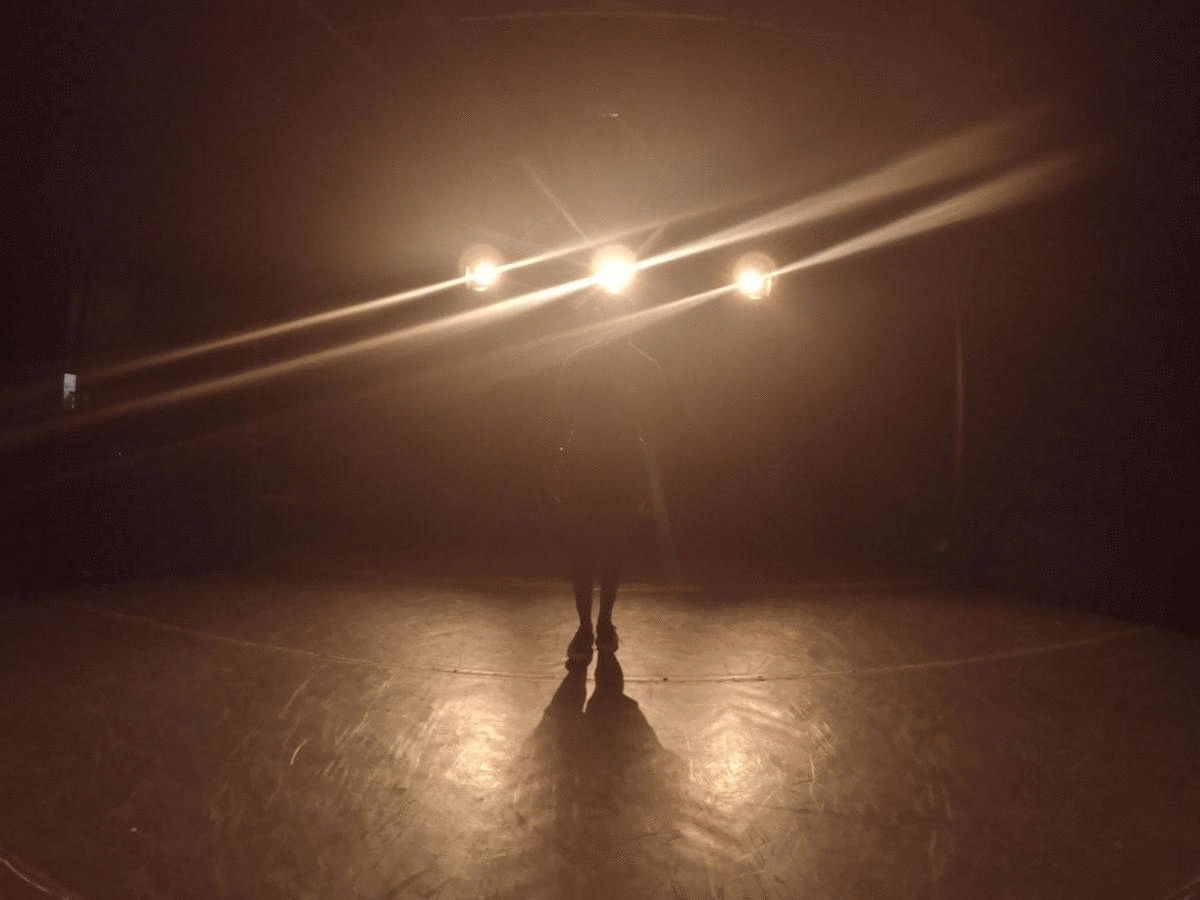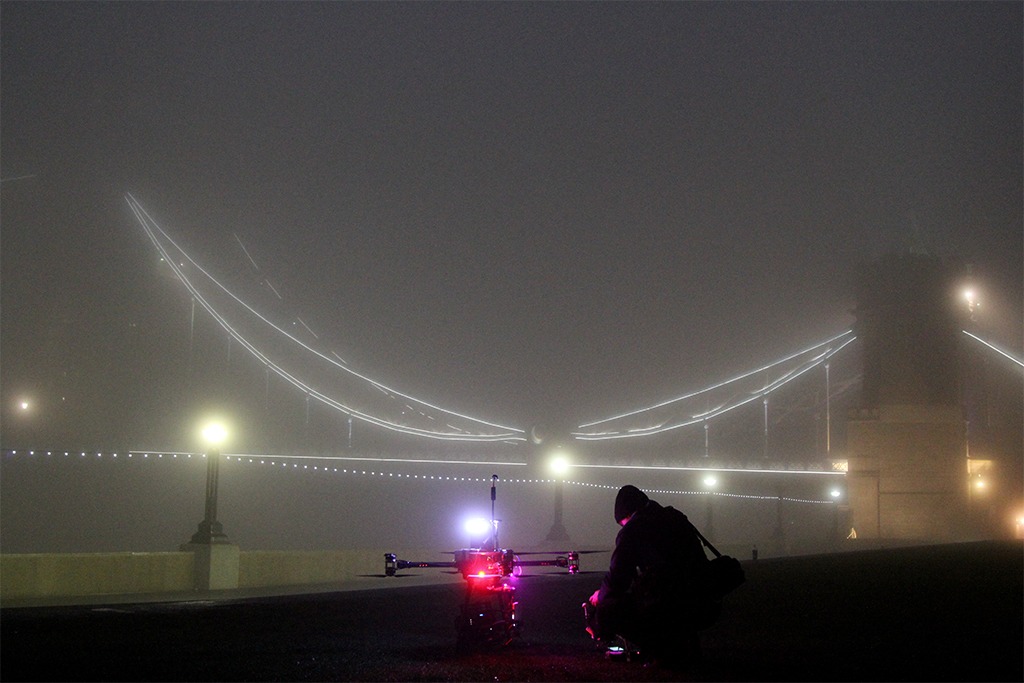
StoryLab are exploring and addressing a series of questions and challenges on existing and emerging creative technologies. Innovations in media technologies have opened up new ways of witnessing the world. These emerging modes of “machine seeing” raise novel questions about user experience, renaissance and role of synergistic creative tools such as sound, changing workflows and the language of communication. Exploring Machine Seeing, we consider how media producers and audiences experience and make sense of contemporary life through new visual techniques and technologies. What new visual paradigms will emerge in the age of drone filming and 360 video? What realities will be envisioned in virtual reality? We suggest that emerging modes of machine seeing provide not just potential opportunities but also new limitations and challenges for filmmakers and users alike. This project explores “machine seeing” to consider the ramifications of visuality in the context of rapidly changing media technologies through a series of practice-led investigations.
Unmanned Aerial Systems as Autonomous Art Systems
Artists, performers and filmmakers are finding new kinds of beauty through automated programming utilising unmanned aerial systems (UASs) also known as drones, where the UAVs are not just capturing the story but the machines themselves become the story. The emergence of heavy weight drones with increased load capacity combined with advanced lens control systems have given rise to unparalleled camera control at extended ranges and navigation through spaces to give dynamic, intimate and playful shots that give the viewer ‘alternate’ versions of reality that only a ‘machine’ can provide. However, the operational scope of drones is limited by legal and health and safety regulations, particularly within built up urban environments. These regulations govern the vertical and horizontal distance from objects and people, line of sight, time constraints, weather conditions as well as security implications. We seek to explore whether these restrictions limit the creativity of the artist or challenge the creator to consider alternate ways of using these Autonomous Art Systems to inform the narrative and aesthetic realization of the final art form and subsequent emotional and physical response of the spectator.
Videos
- Drone Filming
- Creativity, Drones and Safety
- Creative Drone Filming by Emma Boswell (Workshop on Drones Creative Communication Conference)
Point of View
Recent developments in video camera sensor technology have enabled filmmakers to create cinematic experiences using small, affordable camera rigs and dynamic grip equipment. This technology has served as a vehicle for visual storytellers to explore immersive subjectivity in a variety of ways, including point of view perspectives applied with action cameras such as GoPros via body mounts and 360 rigs. We ask how the freedom to experiment with choreography, movement, direction with these small machines can inform intimate narrative speed through a series of prototype projects: TNSS, Urban Nature and Pressure.
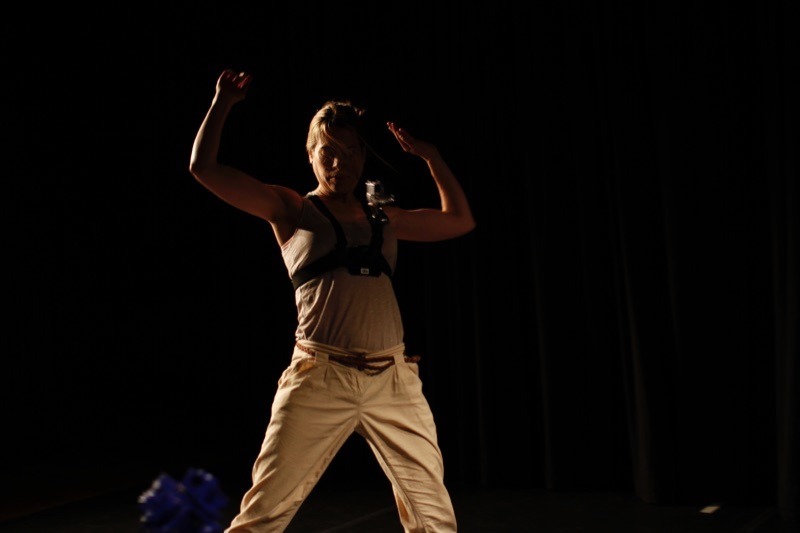
In June 2018, StoryLab researchers co-authored the paper with Professor of Social Phsychology, Viren Swami The Impact of Exposure to Films of Natural and Built Environments on State Body Appreciation, which found that exposure to films depicting the natural environment may promote immediate, moderate-sized improvements in state body image [1]. The two films used in the study were produced by StoryLab and were shot form a point of view perspective using a DSLR camera shooting video mounted on a DJI Ronin stabilization gimbal. One film depicting a walk through an urban environment and the other through a nature environment. Using this stable POV shooting technique with a 24mm lens to approximately represent the field of view of human eyes, we can use machines to create an immersive perspective that has a measurable positive influence on human mental well-being. This project examines how employing immersive filming techniques such as POV, 360 video and VR can be employed to create inclusive immersive experiences and how that may influence the perception of body image and well-being.
Immersive Movement
Narrative Driven Performance To Enhance Mobility Through Live Action Virtual Reality
StoryLab in collaboration with Dr Eva Aymami Rene, Dr Stephen Oxnard and Tim Kobin investigate the production processes and conceptualization of dance through live action virtual reality. The project primarily explores the universal connection of dance and movement through a series of prototype testing. Themes of feeling, movement and intimacy through performance are extrapolated within a rapidly developing technological world. The methodological processes call for questions around production such as how two-dimensional directors establish a 360-degree visual language and a new choreographic language will emerge in directing actors and performers within this space. The prototype testing will establish the impact that sound design has on driving a choreographed narrative from immersive filming perspectives, including using audio to represent human bio-rhythms. The team explore the operative challenges of fixed wide-angle lenses on a multi-camera 360 Rig and the subsequent experiential impact on the user/viewer. The dance form will be embraced to explore ways to generate inclusivity with the VR experience.
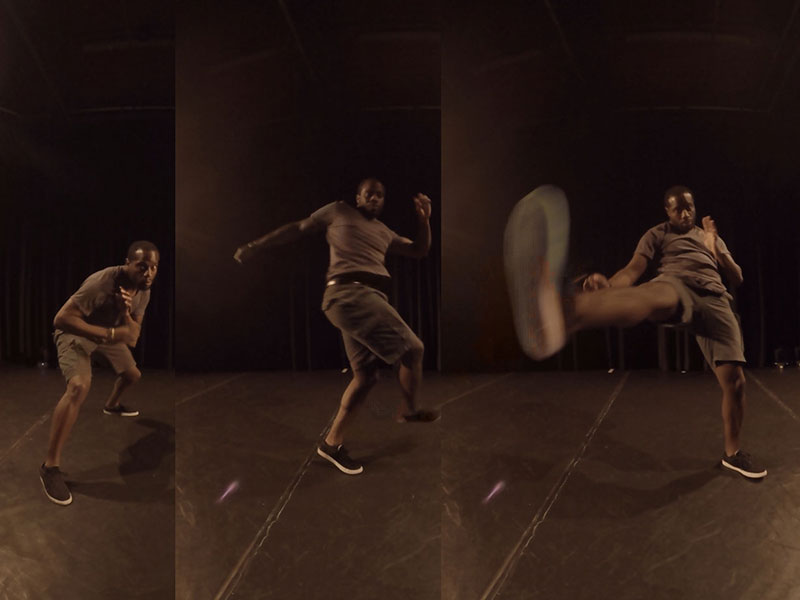
Pressure is a live action choreographed VR film that immerses the audience in the life of a contemporary dancer. The audience experience her journey via a series of internal and external perspectives as she prepares to perform on stage. Her internal feelings, as she dances through the immersive landscape, are projected through the vehicle of a second ambiguous dance partner. The film is both visually and sonically choreographed as musically timed sound design is employed to reflect our dancers’ movements and interaction with her environment.
The Name Still Spoken
An Immersive Narrative Investigation of 360 Filming
The Name Still Spoken (TNSS) is part of a series of ongoing investigations by StoryLab into the creative, ethical and socio-economic application of immersive media. It takes impetus from Terry Pratchett’s Going Postal (2004) and aims to convey the spatial narrative of the consecrated grounds of an urban cemetery, through the construction of a 360 film via entry-level technology, software and distribution platforms.
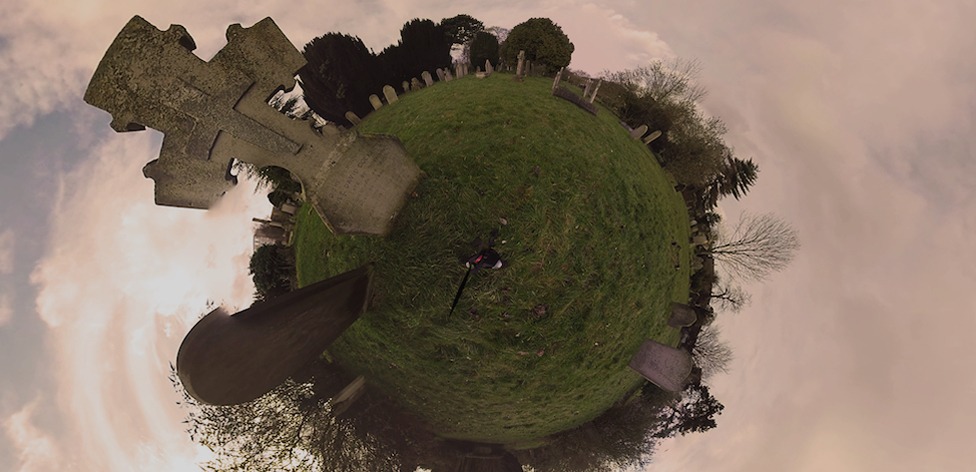
Established in 1848, this Cambridge cemetery embodies a battle between nature, wildlife and anthropological conservation, home to worn down gravestones with fading names. Whilst testing the boundaries of accessible (and affordable) 360 filming and distribution, the TNSS project asks if it is possible to keep the living memory of those named on the gravestones alive through a 360 sonically driven immersive experience.
More information can be found here.

